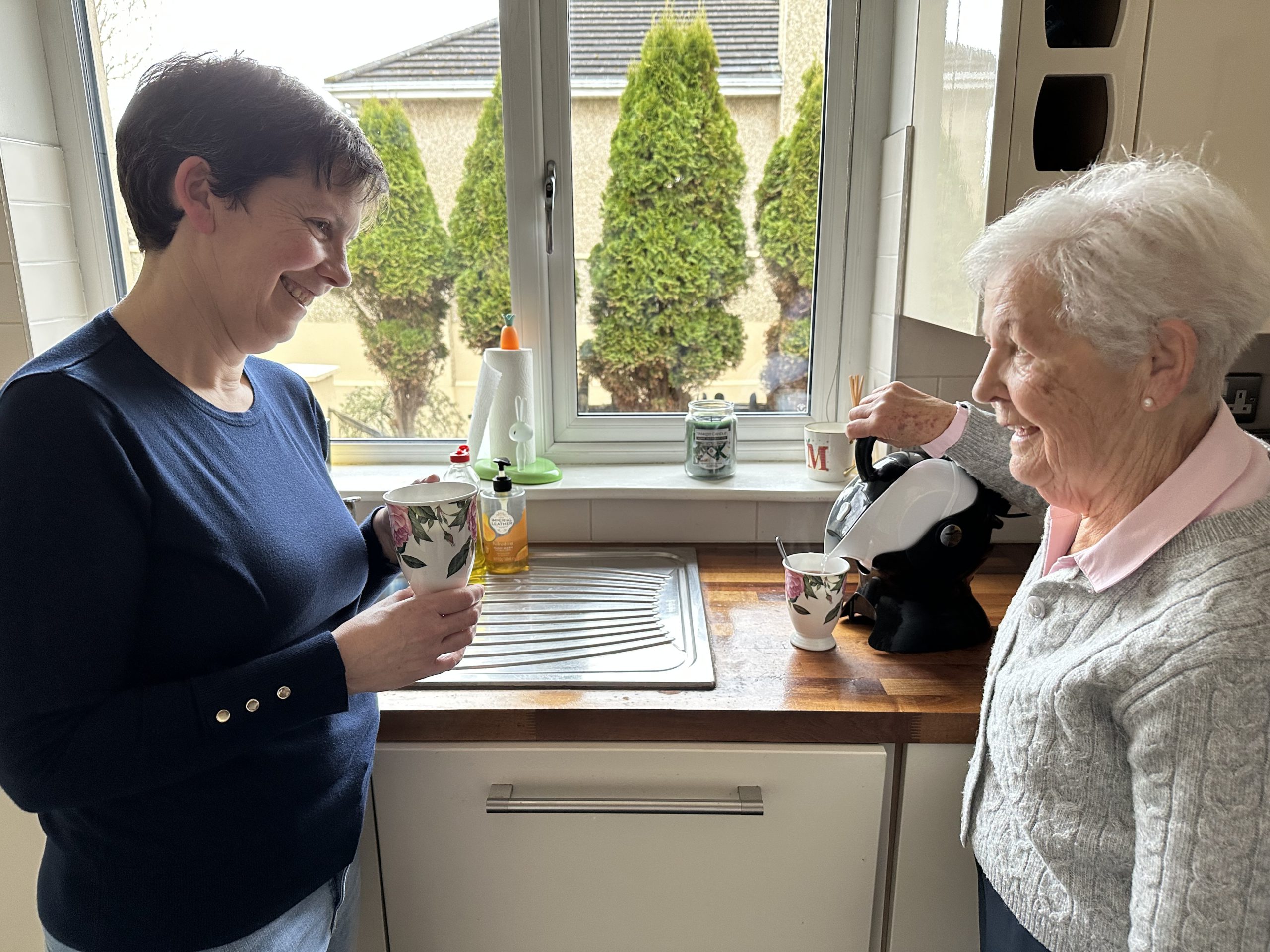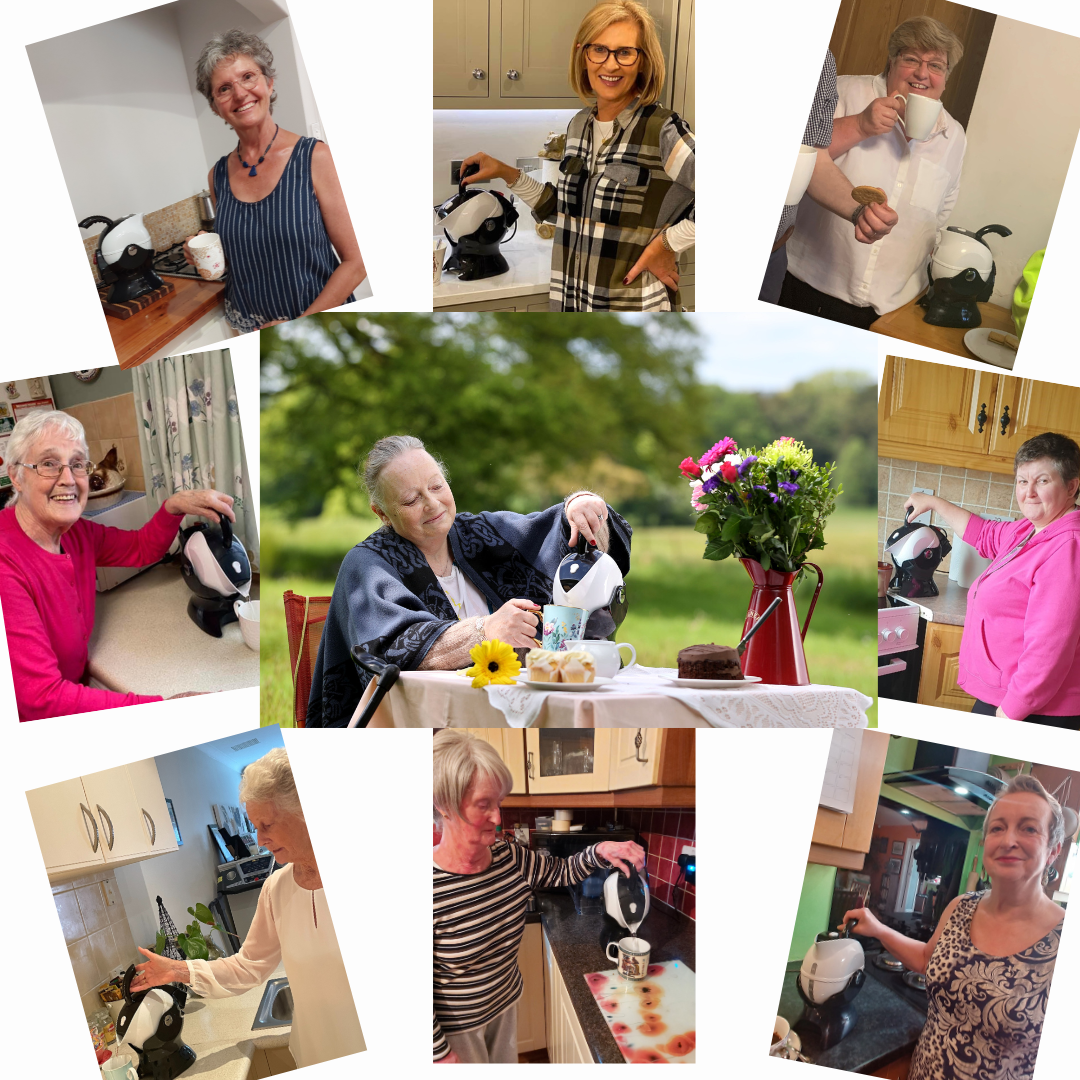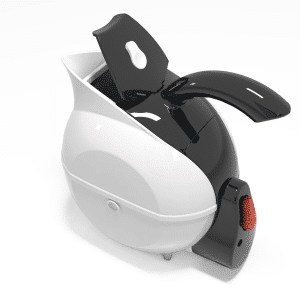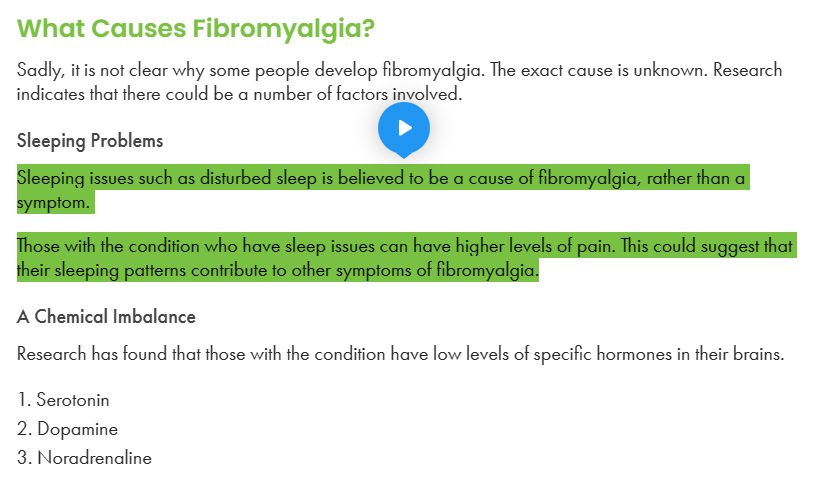Late diagnosis of a disease can of course impact an individual’s overall quality of life. This is especially true for potentially life-changing conditions such as diabetes, which currently affects more than a quarter of adults aged over 65.
With ageing populations on the rise, it’s increasingly important to be aware of symptoms associated with diabetes, as early diagnosis has been shown to reduce a patient’s risk of complications like heart disease and stroke.
Today, we will explore why early detection is key when it comes to identifying diabetes in ageing populations across the world, and how you can both detect and manage the condition.
Why is early detection important?
It’s important for older people to detect diabetes in its early stages as it can have severe consequences if left untreated. Diabetes can cause:
- Blindness
- Heart disease
- Nerve damage, among other issues, which can become more prominent in elderly diabetics.
Early detection can lead to a better understanding of the condition, better management, control of blood sugar levels, and prevention of further complications.
When detected and managed well, individuals with diabetes can continue life with minimal disruption. This is why it’s crucial that older adults receive regular screenings to maintain their overall health and wellbeing.
How can you detect diabetes?
As we age, our risk for developing diabetes increases. This is why you should stay aware of your blood sugar levels and pay attention to any potential symptoms.
One common symptom is frequent urination, which can be a sign that the body is trying to rid itself of excess glucose. Others to look out for are:
- Excessive thirst
- Unexplained weight loss
- Blurred vision
Regular doctor visits and blood sugar tests are crucial in detecting diabetes. By staying vigilant and taking action, you can catch diabetes early and prevent serious complications from developing.
How can you manage diabetes?
Diabetes can present challenges for seniors living with the condition. However, with the right knowledge and approach, it’s possible to effectively treat diabetes and enjoy a healthy life.
One of the most important steps is to develop a balanced and nutritious diet plan that is low in sugar and high in fibre. This can help regulate blood sugar levels and prevent spikes. Additionally, regular physical activity can also help maintain healthy blood sugar levels and improve overall health.
It’s important for elderly people with diabetes to learn how to monitor their blood sugar levels regularly and take medications as prescribed by their doctor. By following these simple yet effective measures, anyone with diabetes can enjoy a fulfilling and healthy life.
Promoting early detection for a healthier future
It’s clear that early detection is crucial when looking to manage any chronic health condition. When it comes to diabetes, many of the most common symptoms are difficult to detect by the patient themselves, which is why external care can be so important.
Potential symptoms which can be harder for individuals to spot include:
- Difficulty concentrating
- Confusion
- Speech problems
- Aggression
- Confusion
If you’re concerned, it’s important to seek medical advice as soon as possible, since early detection means you can start treating the condition to reduce the impact it has on your lifestyle.
Thankfully when it comes to enjoying your favourite hot drink, life can be made easier and safer with daily living aids like our Uccello Kettle. Please feel free to click here to learn more about it and how it can help you or a family member you care for.
 About the Author:
About the Author:
Elizabeth Long is a passionate author with a deep-rooted belief in the interconnectedness of mind and body. She shares practical guidance and inspiration for improving overall well-being. Drawing from extensive research and personal experiences, Elizabeth’s expertise spans topics such as mindfulness, stress management, nutrition, exercise, and self-care. Her insightful and relatable approach resonates with readers seeking strategies to enhance their mental and physical well-being, fostering a holistic approach to wellness.













Leave a Comment